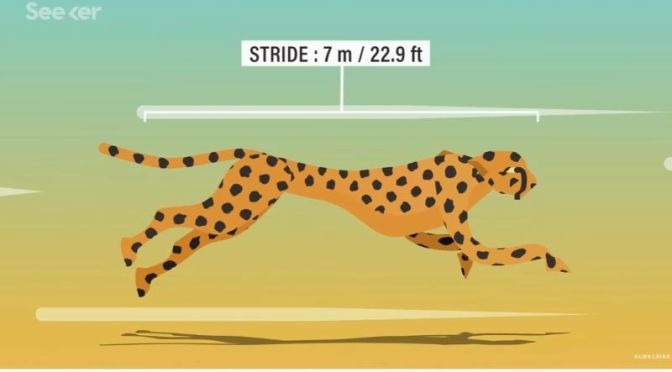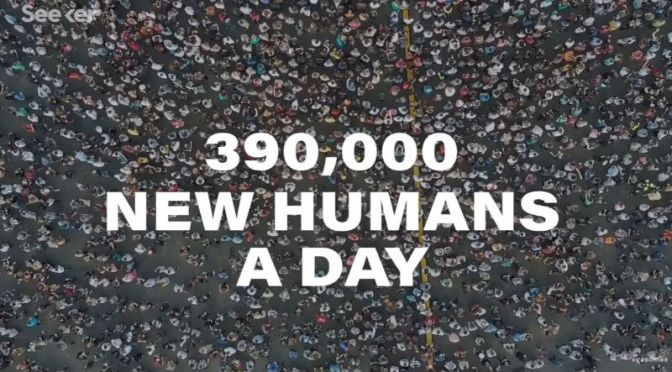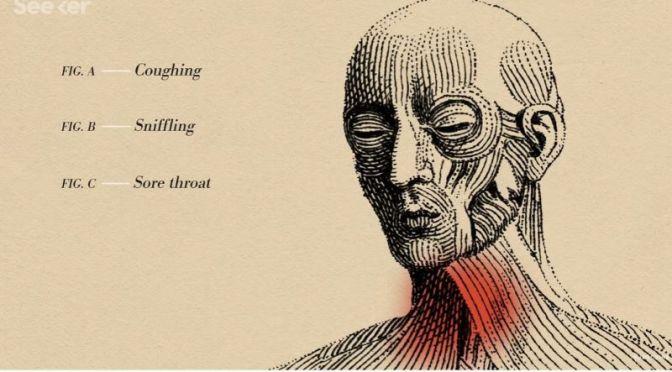The next generation of computing is on the horizon, and several new machines may just smash all the records…with two nations neck and neck in a race to get there first.
The ENIAC was capable of about 400 FLOPS. FLOPS stands for floating-point operations per second, which basically tells us how many calculations the computer can do per second. This makes measuring FLOPS a way of calculating computing power. So, the ENIAC was sitting at 400 FLOPS in 1945, and in the ten years it was operational, it may have performed more calculations than all of humanity had up until that point in time—that was the kind of leap digital computing gave us. From that 400 FLOPS we upgraded to 10,000 FLOPS, and then a million, a billion, a trillion, a quadrillion FLOPS. That’s petascale computing, and that’s the level of today’s most powerful supercomputers. But what’s coming next is exascale computing. That’s zeroes. 1 quintillion operations per second. Exascale computers will be a thousand times better performing than the petascale machines we have now. Or, to put it another way, if you wanted to do the same number of calculations that an exascale computer can do in ONE second…you’d be doing math for over 31 billion years.





